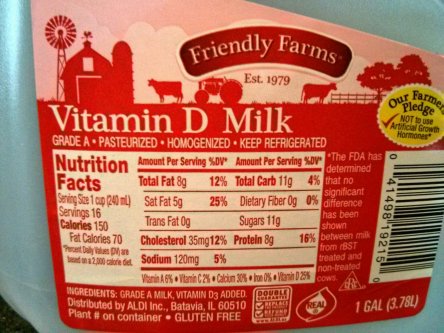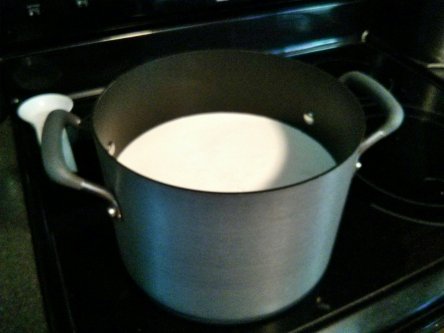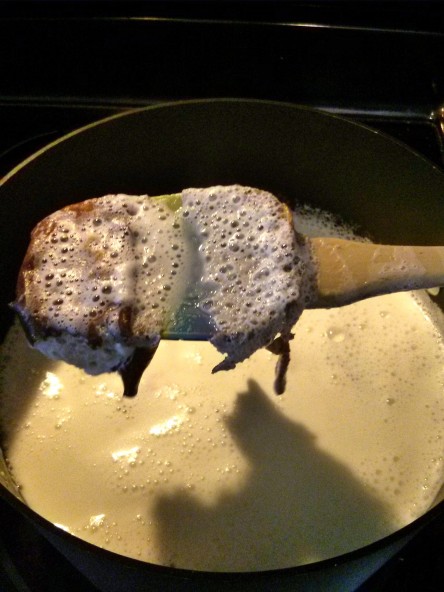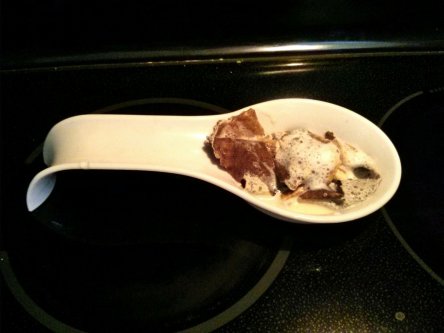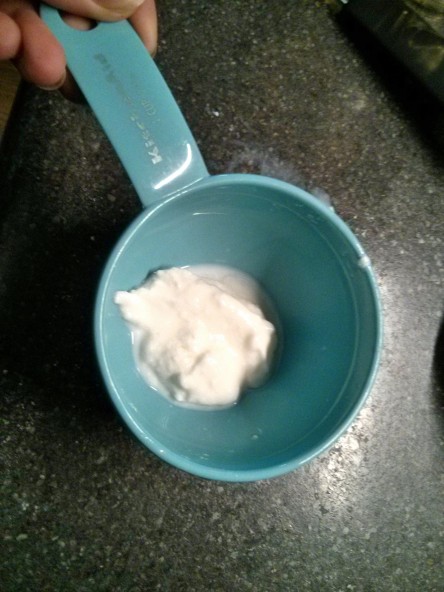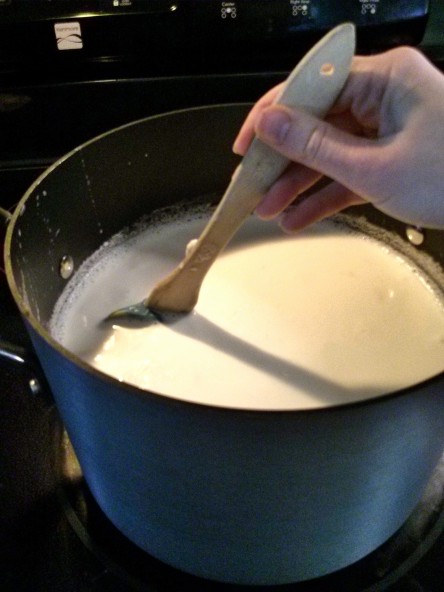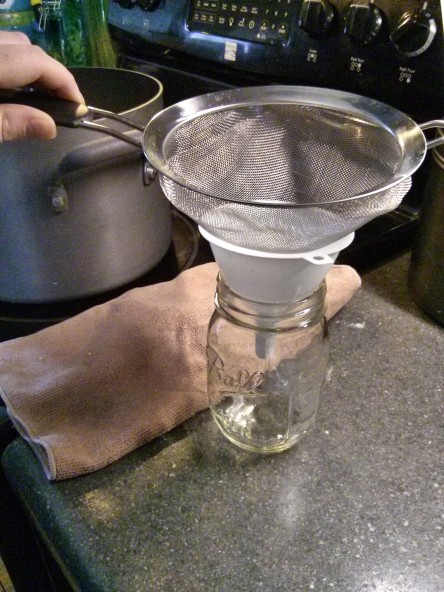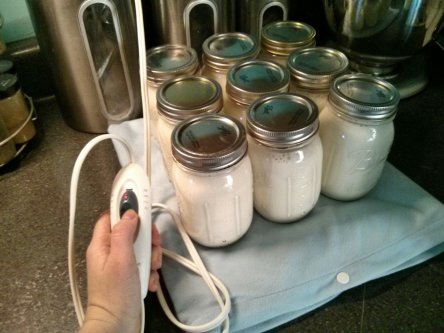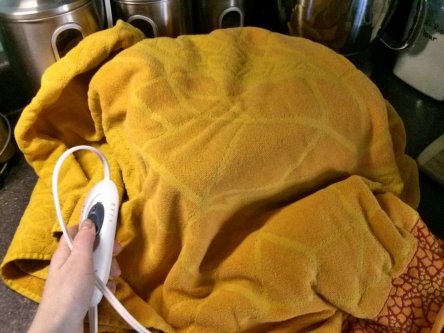
I’m writing this for all the other mamas (and papas) out there with screaming babies. The ones who are going crazy from sleep deprivation and frayed nerves. The ones who stay up all night comforting a wailing baby to no avail. The ones wander the grocery stores at night like zombies because they still hear the echoes of screams in their heads. The ones whose arms feel like they’re going to fall off and whose backs ache from sleeping in crazy positions with the baby, because it was the only way. The ones who cry desperately with their crying child.
Maybe this is you right now. Maybe this will be you in four months or in four years when you have a new child in your life. This was me three years ago with our second son, Z. I’m pretty convinced that those nine sleepless, stressful, cry-filled months permanently damaged my brain. I’m not really even sure how, but it definitely feels like things don’t work quite as well as they used to upstairs. The experience also left me with some PTSD (post traumatic stress disorder). Whenever I’d hear him crying, even though the colicky phase was over, my heart would sink and race at the same time. Initially, it was even hard to shake that feeling with our third child! If you know the feeling, you have my deepest sympathy.
It’s a terrible thing to endure. I used to joke that it would be an effective form of torture. But seriously, I think it might be. That’s why I’d like to share what finally fixed Z; to help end the torture of colic. The answer was so simple: probiotics. I still find it hard not to resent the doctors who told us it was a phase we had to wait out, and that Z was just a “difficult” baby. I wish someone had suggested probiotics to us sooner, so I could have those lost months of my life back. But what’s done is done. Hopefully what I learned through this experience can help other parents and their babies.
This is our story:
Z didn’t have classic colic; i.e., inconsolable crying 3 hours a day, 3 times a week, from when baby is 3 weeks to 3 months old. He screamed and cried almost all day, every day….for NINE months. He rarely slept for more than 40 minutes at a time. This made him overtired, so he’d only be awake and semi-happy for about half an hour before he’d start crying again. It was a viscous cycle. Nobody knew what to “label” his condition; I’m still not sure. His pediatrician called it colic for lack of a better word. So we stuck with that.
At first we thought Z was just fussier than most babies. After a couple weeks of very little sleep and lots of scream-crying, we thought he might be sick. I had noticed some white stuff inside his mouth and wasn’t sure what it was. I called the doctor’s office. I described the problem to the nurse, who told me it was probably thrush (a type of yeast infection) and had the doctor send a prescription to our pharmacy. We were desperate to help him feel better, so we gave him the medicine. Looking back, giving a young baby such harsh drugs, especially without a proper diagnosis, was a colossal mistake. I genuinely regret it.
Whenever you take antibiotics it kills all the bacteria in your system; it doesn’t distinguish between good and bad. Our bodies need those good bacteria! (Side note: Ladies, if you’ve ever taken antibiotics and then immediately gotten a yeast infection, this is why. It messes with your natural balance.) Eating yogurt with active cultures or taking probiotics replenishes the good bacteria your digestive tract needs to function properly. There are a plethora of studies out there demonstrating the many, varied health benefits of probiotics: helping with diarrhea/Chron’s/IBS, improving digestive function, enhancing your immune system, etc. We take them daily any time we feel sick. The Harvard Medical School’s article on the health benefits of probiotics has more information, as does the probiotics page on National Institutes of Health (NIH) website.
Back to colic. My guess is that Z had an underdeveloped intestinal tract. Not uncommon in infants, particularly in those born earlier. All of my boys came out naturally 3 weeks early; that’s just what my body does. His early-ish birth may have predisposed him to some fussiness, but after he took the medicine for thrush (which destroyed any good bacteria he did have in his gut) Z’s fussy behavior quickly turned into completely inconsolable shrieking and wailing. Giving him that medicine is probably one of my biggest regrets.
Months went by with Z only getting worse. I did anything and everything I could to try to get him some sleep. I remember one of the best ways to do that was to lay down with him, his head propped up on my shoulder and facing me. He would scream and cry and thrash for anywhere from 15 minutes to an hour. But if I held him close and shushed in his ear, he would eventually fall asleep (or I’d give up). My arm would always fall asleep, and my shoulders to this day still haven’t fully recovered.
I did it because I’m a firm believer in the importance of sleep for good brain development. My favorite book on kid sleep is Healthy Sleep Habits, Happy Child by Dr. Marc Weissbluth. He has a section of the book devoted to colicky children and ways to help them. There’s even a plan for sleep training those kids once the colicky phase ends when baby is about three to four months old. Z didn’t fall into this camp. We tried to train him thinking maybe the phase was ending, but it was torture for all of us. He seemed like he was suffering. So we gave up and just did what we needed to do to survive.
When Z was about nine months old, a doula friend of ours asked if we’d ever tried giving him probiotics. (P.S. Doulas are amazing! I hope to be one when my kids are older and my time is more flexible. Look into hiring a doula if you’re pregnant.) We didn’t know much about probiotics, so we read a bunch of articles and research and couldn’t find any negatives. We figured it might help and wouldn’t hurt, so why not? Within a few DAYS of giving Z probiotics, he was like a new child. He started taking naps and he wasn’t fussy all the time. The endless hours of crying and screaming rapidly tapered off. The next week we tried sleep training again. He was sleeping 11-12 hours straight at night (no feedings!) and was napping for a total of five hours during the day. It felt like a MIRACLE! I can’t even begin to describe how incredible it felt to sleep for eight glorious, uninterrupted hours again. It was life changing!
With our third son, L, I wasn’t taking any chances. I started giving him probiotics the day he was born. I also ate a lot of Greek yogurt with active cultures, because I read that the probiotics in it could pass through breast milk to the baby. Every little bit helps. So far, L has been the healthiest baby we’ve ever produced. 🙂

The most common question I’ve been asked about all this is how to administer the probiotics. All you have to do is twist open one of the capsules to get at the probiotic powder. Then carefully pour about 1/3 of it onto the baby’s tongue right before they nurse (save the rest for later). The milk will quickly wash it all down. I’ve also heard of other women putting the powder directly on their nipples and then having baby nurse, or mixing the powder in with expressed milk and giving it to the baby in a bottle. Whatever way you choose. Just be sure to check the probiotics to see if they need to be refrigerated once they’ve been opened. Some do and some don’t.
Also, it seems that recent research is suggesting probiotics are much less effective on formula-fed babies. NPR’s article about probiotics being used to treat colic gives more details if you’re interested. Something to keep in mind if you’re not breastfeeding or not planning to breastfeed. For whatever reason, this treatment may not work for your child.
I encourage everyone to give their babies/children/selves probiotics. While I don’t think it’s a cure-all, it’s certainly not going to hurt to try it. It won’t even cost much; about $10-$15 per box, or as I like to say, less than a co-pay. 🙂 It’s well worth the potential health benefits in my opinion. You can find probiotics in every grocery and big box store, they’re usually kept near the diarrhea and gas medicines. If it’s hard to get to the store with your colicky baby (which I totally empathize with), you can buy probiotics on Amazon and have it sent to your front door. I know you’re probably skeptical, just like we were, but please read the research for yourself and don’t be afraid to try it. It might spare you a screaming baby.

